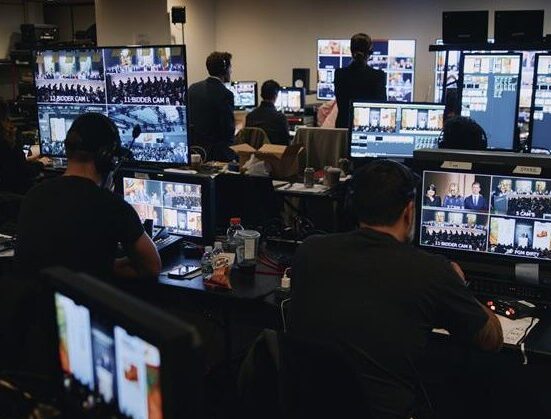After a protracted six-year hiatus, the heart of New York’s cultural scene is beating once again with the renaissance of the Metropolitan Museum of Art’s European painting galleries. This much-anticipated reopening not only marks the culmination of a $150 million skylight renovation but also heralds a fresh, expansive view of European art history, spanning from the dark ages of the 1300s to the dawn of the 1800s. With over 700 works now on display, visitors can embark on a journey through time, guided by the luminous strokes of Rembrandt, the dramatic intensity of Caravaggio, and the poignant observations of Goya, alongside gems from artists who have long awaited the spotlight.
The Dawn of a New Era in Art Presentation
The transformation of these 45 galleries is not merely a physical one; it represents a bold step towards redefining the narrative of European art history. Spearheaded by Austrian curator Max Hollein, the museum’s approach challenges the traditional ethnocentricity that has long dominated art curation. By blending works from various origins and epochs, the Met invites its audience to explore the interconnectedness of European art, encouraging a dialogue between the past and the present, the renowned and the rediscovered. This reimagined presentation includes not only the venerable El Greco, Picasso, and Cézanne but also introduces visitors to a broader spectrum of artistic genius.
A Revival Amidst Challenges
The journey to this moment has not been without its hurdles. The European collections’ reopening arrives at a critical juncture for the Metropolitan Museum, which experienced a significant dip in visitor numbers, plummeting to 1.2 million in 2020 amidst the global Covid-19 pandemic. However, the museum has since witnessed a remarkable rebound, with attendance soaring to 5.8 million in 2023. This resurgence, however, underscores the ongoing challenge of drawing international tourists back to its halls, particularly those from China, deterred by the $30 admission fee. In addressing concerns of overtourism and ensuring a more inclusive experience, the Met has strategically avoided creating ‘must-see’ works, instead opting for a more egalitarian presentation of diverse cultures and histories.
Looking Towards the Future
The Metropolitan Museum of Art stands on the brink of a new epoch, with $2 billion earmarked for further expansions and renovations by the end of this decade. The future promises the unveiling of the Rockefeller wing in 2025, which will showcase contemporary African art, while modern works will find a new home in 2029. This ambitious vision not only reaffirms the Met’s commitment to cultural preservation and innovation but also its role as a beacon of enlightenment and education in an ever-evolving world.
In conclusion, the reopening of the Metropolitan Museum of Art’s European paintings galleries transcends a mere physical renovation; it is a renaissance of thought, a celebration of diversity, and a commitment to the future. As visitors wander through the newly lit corridors, they are invited to partake in a dialogue centuries in the making, to question, to learn, and to be inspired. The Met, with its rich tapestry of history and innovation, continues to serve as a custodian of humanity’s greatest achievements, inviting each of us to find our place within this ever-expanding narrative.






